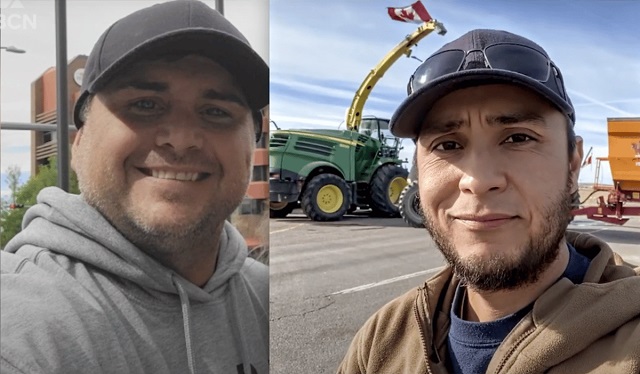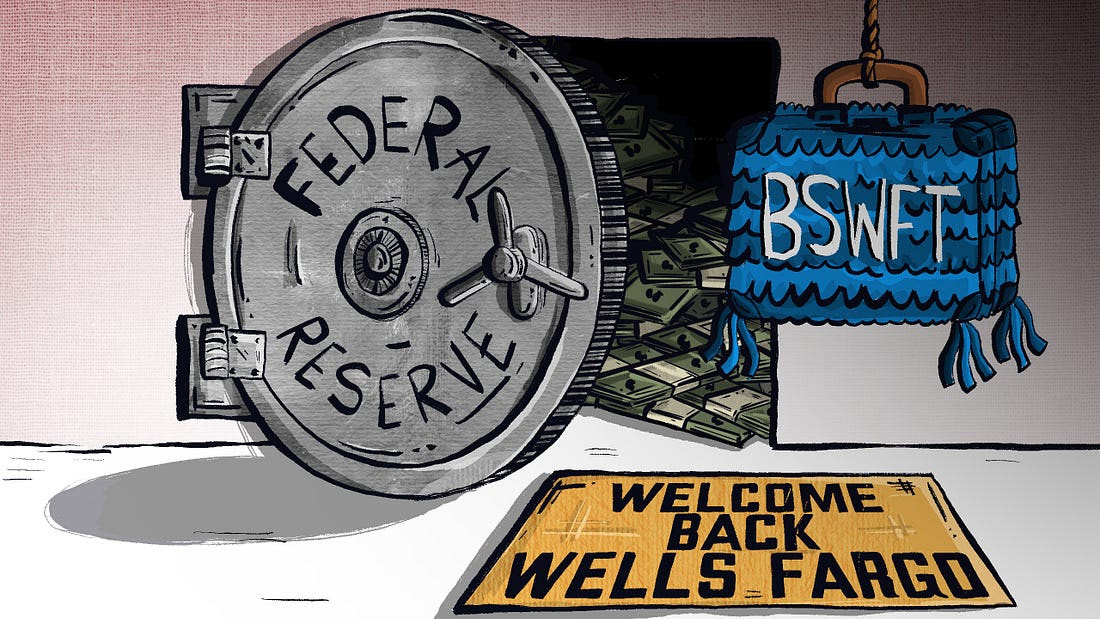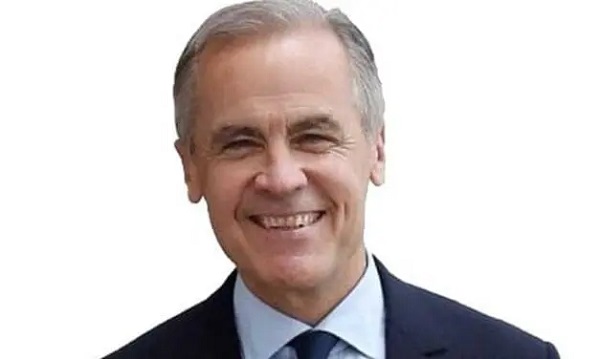Energy
Federal government’s ’carbon-free’ electricity target far-fetched
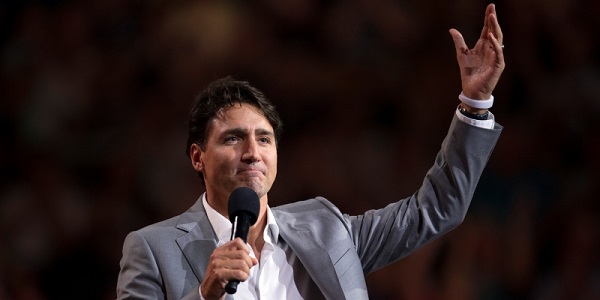
From the Fraser Institute
By Elmira Aliakbari and Jock Finlayson and Tegan Hill
A recent report by the Canada West Foundation, which analyzed 25 major projects that entered the federal government’s review process between 2019 and 2023, found that all 25 were still stuck in the early stages (phase 1 or 2) of the four-phase process.
Did you know that the Trudeau government wants to “decarbonize” Canada’s electricity generation by 2035? That is, make carbon-free sources (e.g. wind, hydro and solar) the sole power source for electricity generation in Canada.
Is this possible? No.
As of 2023 (the latest year of available data), nearly 81 per cent of Canada’s electricity came from carbon-free sources. To replace the remaining 19 per cent that relies on fossil fuels over the next 10 years, Canada would need to add a massive amount of generation capacity.
Specifically, we would need approximately 23 new large hydroelectric dams similar in size to British Columbia’s Site C project. Of course, due to regulatory hurdles and approval processes, it takes a long time to plan and construct major electricity generation facilities in Canada. The Site C project took approximately 43 years (from initial feasibility and planning studies in 1971) to secure environmental certification in 2014. Construction finally began on the Peace River in northern B.C. in 2015 with completion expected in 2025—at a cost of at least $16 billion.
Alternatively, we would need more than two large scale nuclear power plants the size of Ontario’s Bruce Power, which took nearly two decades to complete with billions of dollars in cost overruns.
Or we’d need approximately 11,000 new large wind turbines, which would require clearing approximately 7,302 square kilometres of land (that’s larger than Prince Edward Island and nearly nine times larger than Calgary). The new turbines would also require substantial investments in backup power systems due to the wind’s intermittency, which of course would further drive-up costs across the electricity system.
And remember, as Canada’s population grows, electricity demand will increase significantly. The infrastructure mentioned above would only decarbonize Canada’s current electricity needs, without accounting for the additional capacity required to meet future demand.
And yet, despite its aggressive plan to decarbonize, the Trudeau government in 2019 introduced the Impact Assessment Act (IAA)—also known as Bill C-69—which added layers of uncertainty and complexity to project reviews. A recent report by the Canada West Foundation, which analyzed 25 major projects that entered the federal government’s review process between 2019 and 2023, found that all 25 were still stuck in the early stages (phase 1 or 2) of the four-phase process.
In other words, while Ottawa’s electricity decarbonization plan requires an unprecedented wave of new energy projects, the government’s own regulatory regime will make it harder for new projects to get off the ground.
The total costs of the federal government’s plan are incalculable. But we do know who will get hurt the most. Three provinces—Alberta, Saskatchewan and Nova Scotia—depend most heavily on fossil fuels to generate electricity. In Alberta, approximately 85 per cent of electricity comes from fossil fuels, mainly natural gas, while carbon-free sources generate only 15 per cent. Clearly, Alberta and these other provinces will face the greatest challenges—and heaviest burdens—in decarbonizing their grids.
In light of the basic realities of project construction timelines, regulatory hurdles and the massive financial investment required, the Trudeau government’s target to achieve 100 per cent fossil fuel-free electricity by 2035 is far-fetched. But the costs of pursuing that target will be very real and felt by all Canadians, with the size of the costs depending largely on where you live.
Authors:
Automotive
Federal government should swiftly axe foolish EV mandate

From the Fraser Institute
Two recent events exemplify the fundamental irrationality that is Canada’s electric vehicle (EV) policy.
First, the Carney government re-committed to Justin Trudeau’s EV transition mandate that by 2035 all (that’s 100 per cent) of new car sales in Canada consist of “zero emission vehicles” including battery EVs, plug-in hybrid EVs and fuel-cell powered vehicles (which are virtually non-existent in today’s market). This policy has been a foolish idea since inception. The mass of car-buyers in Canada showed little desire to buy them in 2022, when the government announced the plan, and they still don’t want them.
Second, President Trump’s “Big Beautiful” budget bill has slashed taxpayer subsidies for buying new and used EVs, ended federal support for EV charging stations, and limited the ability of states to use fuel standards to force EVs onto the sales lot. Of course, Canada should not craft policy to simply match U.S. policy, but in light of policy changes south of the border Canadian policymakers would be wise to give their own EV policies a rethink.
And in this case, a rethink—that is, scrapping Ottawa’s mandate—would only benefit most Canadians. Indeed, most Canadians disapprove of the mandate; most do not want to buy EVs; most can’t afford to buy EVs (which are more expensive than traditional internal combustion vehicles and more expensive to insure and repair); and if they do manage to swing the cost of an EV, most will likely find it difficult to find public charging stations.
Also, consider this. Globally, the mining sector likely lacks the ability to keep up with the supply of metals needed to produce EVs and satisfy government mandates like we have in Canada, potentially further driving up production costs and ultimately sticker prices.
Finally, if you’re worried about losing the climate and environmental benefits of an EV transition, you should, well, not worry that much. The benefits of vehicle electrification for climate/environmental risk reduction have been oversold. In some circumstances EVs can help reduce GHG emissions—in others, they can make them worse. It depends on the fuel used to generate electricity used to charge them. And EVs have environmental negatives of their own—their fancy tires cause a lot of fine particulate pollution, one of the more harmful types of air pollution that can affect our health. And when they burst into flames (which they do with disturbing regularity) they spew toxic metals and plastics into the air with abandon.
So, to sum up in point form. Prime Minister Carney’s government has re-upped its commitment to the Trudeau-era 2035 EV mandate even while Canadians have shown for years that most don’t want to buy them. EVs don’t provide meaningful environmental benefits. They represent the worst of public policy (picking winning or losing technologies in mass markets). They are unjust (tax-robbing people who can’t afford them to subsidize those who can). And taxpayer-funded “investments” in EVs and EV-battery technology will likely be wasted in light of the diminishing U.S. market for Canadian EV tech.
If ever there was a policy so justifiably axed on its failed merits, it’s Ottawa’s EV mandate. Hopefully, the pragmatists we’ve heard much about since Carney’s election victory will acknowledge EV reality.
Daily Caller
Trump Issues Order To End Green Energy Gravy Train, Cites National Security
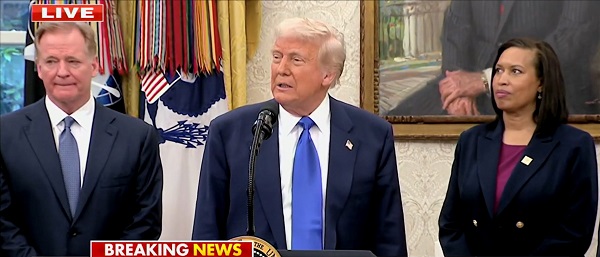

From the Daily Caller News Foundation
By Audrey Streb
President Donald Trump issued an executive order calling for the end of green energy subsidies by strengthening provisions in the One Big Beautiful Bill Act on Monday night, citing national security concerns and unnecessary costs to taxpayers.
The order argues that a heavy reliance on green energy subsidies compromise the reliability of the power grid and undermines energy independence. Trump called for the U.S. to “rapidly eliminate” federal green energy subsidies and to “build upon and strengthen” the repeal of wind and solar tax credits remaining in the reconciliation law in the order, directing the Treasury Department to enforce the phase-out of tax credits.
“For too long, the Federal Government has forced American taxpayers to subsidize expensive and unreliable energy sources like wind and solar,” the order states. “Reliance on so-called ‘green’ subsidies threatens national security by making the United States dependent on supply chains controlled by foreign adversaries.”
Dear Readers:
As a nonprofit, we are dependent on the generosity of our readers.
Please consider making a small donation of any amount here.
Thank you!
Former President Joe Biden established massive green energy subsidies under his signature 2022 Inflation Reduction Act (IRA), which did not receive a single Republican vote.
The reconciliation package did not immediately terminate Biden-era federal subsidies for green energy technology, phasing them out over time instead, though some policy experts argued that drawn-out timelines could lead to an indefinite continuation of subsidies. Trump’s executive order alludes to potential loopholes in the bill, calling for a review by Secretary of the Treasury Scott Bessent to ensure that green energy projects that have a “beginning of construction” tax credit deadline are not “circumvented.”
Additionally, the executive order directs the U.S. to end taxpayer support for green energy supply chains that are controlled by foreign adversaries, alluding to China’s supply chain dominance for solar and wind. Trump also specifically highlighted costs to taxpayers, market distortions and environmental impacts of subsidized green energy development in explaining the policy.
Ahead of the reconciliation bill becoming law, Trump told Republicans that “we’ve got all the cards, and we are going to use them.” Several House Republicans noted that the president said he would use executive authority to enhance the bill and strictly enforce phase-outs, which helped persuade some conservatives to back the bill.
-

 International2 days ago
International2 days agoChicago suburb purchases childhood home of Pope Leo XIV
-

 Daily Caller2 days ago
Daily Caller2 days agoBlackouts Coming If America Continues With Biden-Era Green Frenzy, Trump Admin Warns
-

 Daily Caller2 days ago
Daily Caller2 days ago‘I Know How These People Operate’: Fmr CIA Officer Calls BS On FBI’s New Epstein Intel
-

 Alberta13 hours ago
Alberta13 hours ago‘Far too serious for such uninformed, careless journalism’: Complaint filed against Globe and Mail article challenging Alberta’s gender surgery law
-

 Frontier Centre for Public Policy1 day ago
Frontier Centre for Public Policy1 day agoNew Book Warns The Decline In Marriage Comes At A High Cost
-

 Economy1 day ago
Economy1 day agoThe stars are aligning for a new pipeline to the West Coast
-

 National1 day ago
National1 day agoLiberal ‘Project Fear’ A Longer Con
-

 Censorship Industrial Complex24 hours ago
Censorship Industrial Complex24 hours agoCanadian pro-freedom group sounds alarm over Liberal plans to revive internet censorship bill




